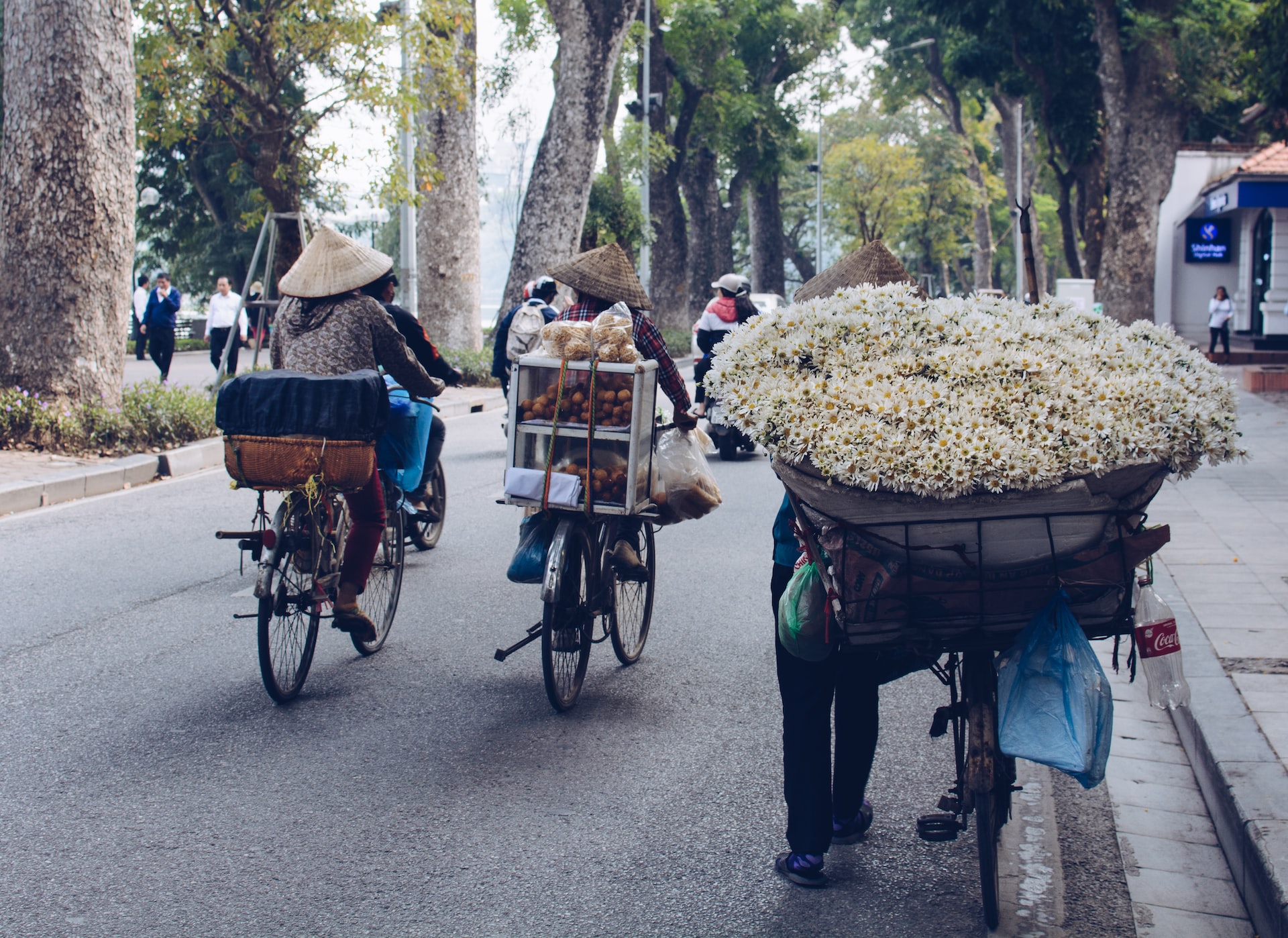Newsletter 141 – 10.06.2022
Vietnam is the third most populous country in Southeast Asia, and number 16 in the world with 98 million inhabitants and a very high population density of 246 inhabitants/km2. Together with 9 other states, it forms the ASEAN (Association of Southeast Asian Nations). With a GDP of 368,000 million dollars, it is the 39th largest economy in the world.
It is located in the region formerly known as Indochina, bordering China, Laos, and Cambodia. On the Pacific coast it has important commercial ports such as Saigon or Hanoi, among others.
The country is a Socialist Republic governed under a highly centralized system, and applies an open foreign policy, based on the diversification and multilateralization of international relations.
Although the official language is Vietnamese, French is spoken as a second language by some highly educated people due to its colonial heritage. However, English dominates in the commercial and tourist field. 80% of the population practices Buddhism, 8% of the population is Christian and there are ethnic minorities that practice Islam and Hinduism.
The economy is based on industry (40% of GDP), followed by services (38%) and agriculture (21%). In the industrial sector, the automotive and steel industries and shoe manufacturing stand out. In terms of agriculture, it is the fifth world producer of rice, the second of coffee, the third of natural rubber and the largest producer of cashew nuts. Other products of weight are sugar cane, cassava, and corn.
61% of the total population of Vietnam is under the age of 35, and 30% of its population lives in urban areas. 20% of the population belongs to the upper middle class, with an income higher than US$10,000 per year. This esplains the growing attractiveness for importing products.
Both Vietnam and the rest of Southeast Asia had been sustaining fairly constant economic growth, which was slowed down by the occurrence of the pandemic. Fruit imports to Vietnam during the pandemic were strongly affected, with decreases of between 20%-30% in volume, since this is considered a premium product, which competes with much cheaper local fruit production. Therefore, as the economy slowed down and the income of consumers decreased, they turned to the products they considered essential.
Fruit consumption in the country is one of the highest in the world, with values ranging from 100 to 125 kg per capita per year. Among the southern fruits of interest to Vietnam are grapes, mainly seedless varieties, although also Red Globe. They also show a strong interest in southern apples, cherries and mandarins, with special emphasis on quality. The main local productions, on the other hand, focus on tropical fruits such as bananas, mangoes, watermelons and others, also counting on an important production of citrus fruits such as oranges and grapefruit.
Among the marketing channels of interest is a well-developed HORECA sector due to tourism activity; and food markets, supermarkets and wetmarkets/open-air markets.
As in other countries in the region, the digital economy is an important player in consumption. In this sense, Indonesia and Vietnam are the main promoters of digital trade in ASEAN, since they are the two countries where the sector has grown the most.
The increased adoption of e-commerce during and after the pandemic has made consumers pay more attention to packaging. As a market, Vietnam used to prefer loose fruit, but in the last two years the implementation of prepacks has been very successful, as they give consumers the feeling that the product is more hygienic.
It should be noted that, due to its proximity to China, this is one of its main trading partners and is, for example, its main supplier of mandarins and, to a lesser extent, oranges. On the other hand, the cultural influence of China is also very relevant. In Vietnam, the Lunar New Year festival is the most popular holiday and, as in the neighboring country, it is customary to give away quality fruit among family and friends, the consumption of southern cherries being highly appreciated at this time.







